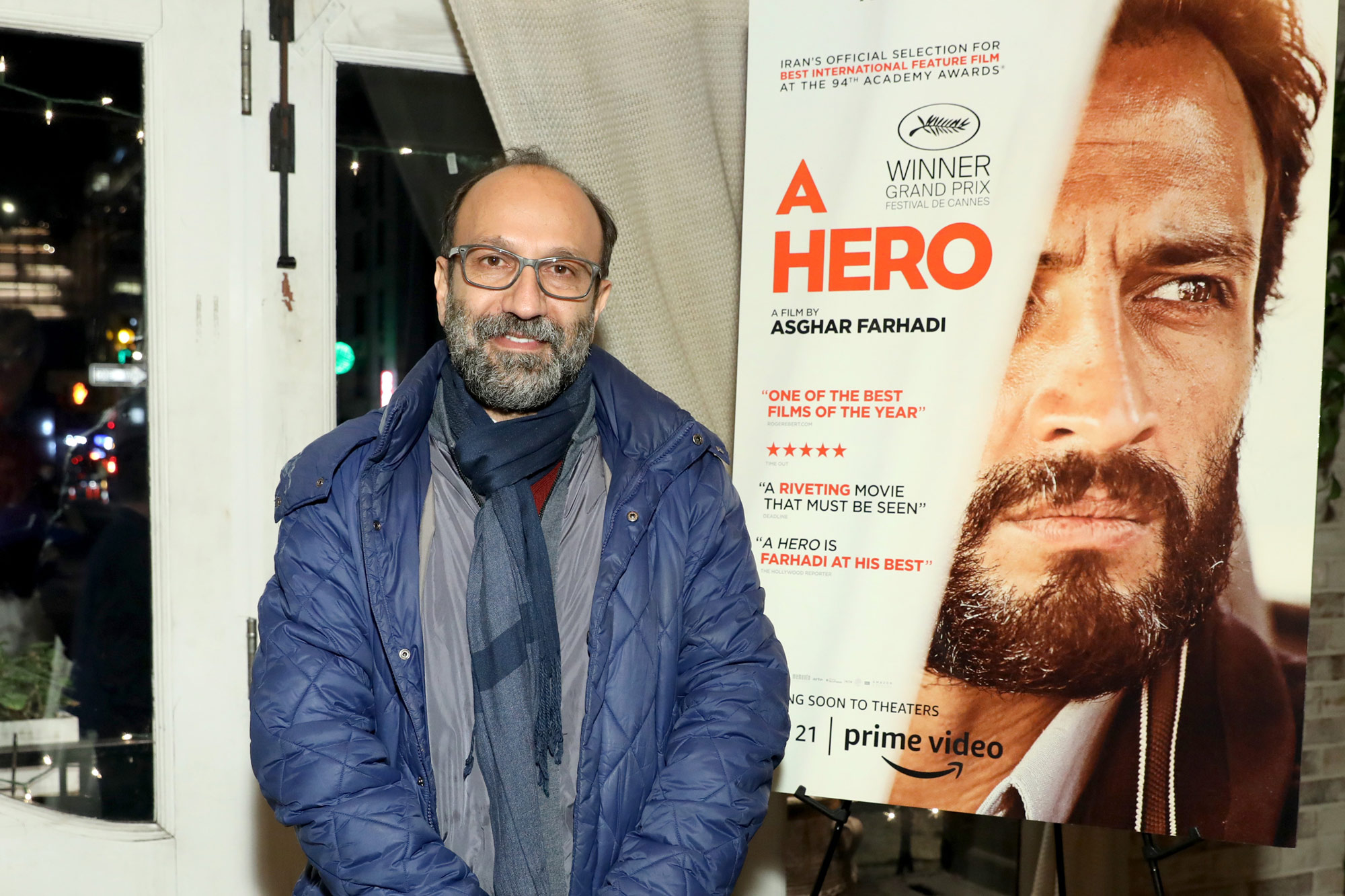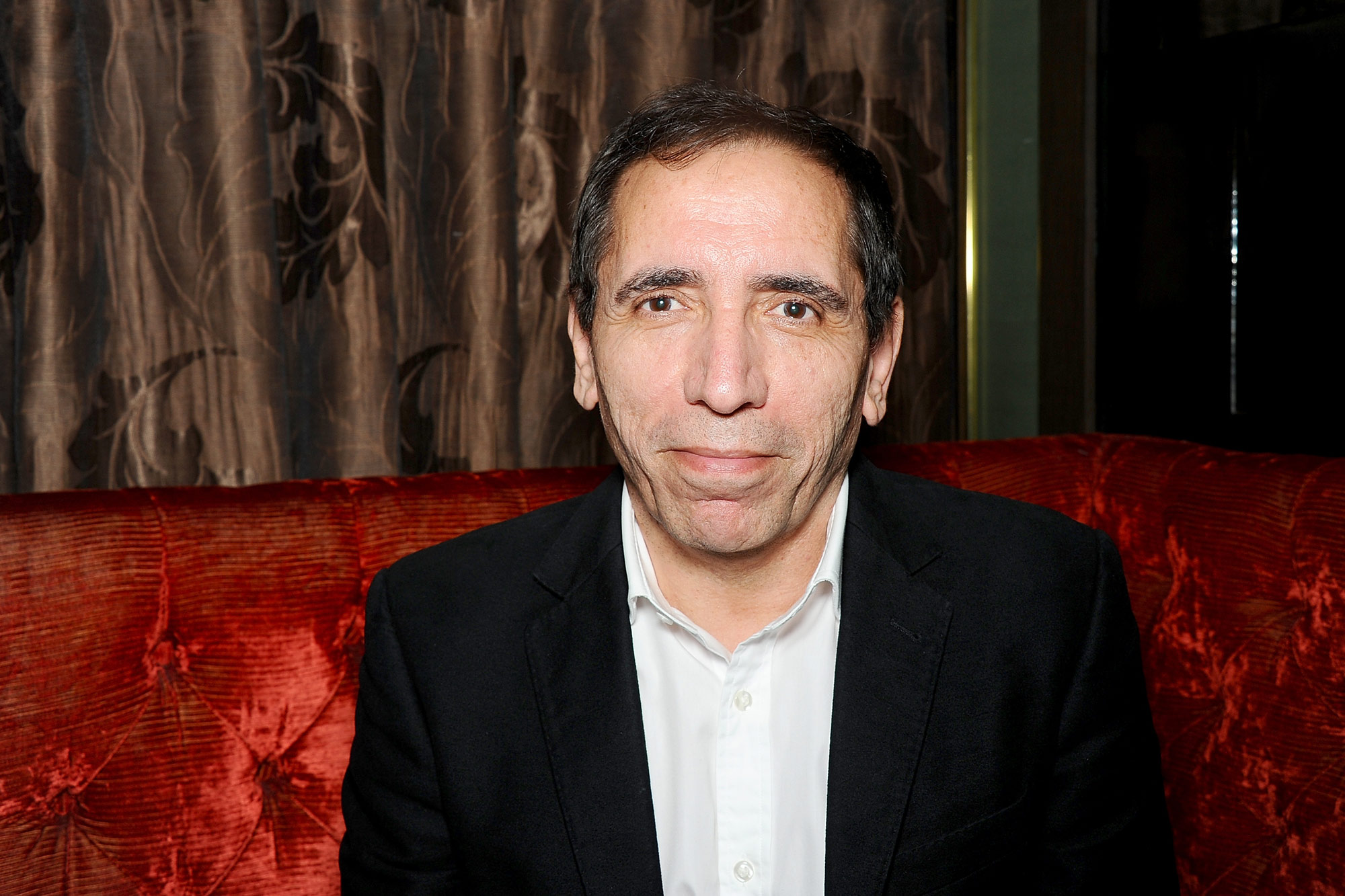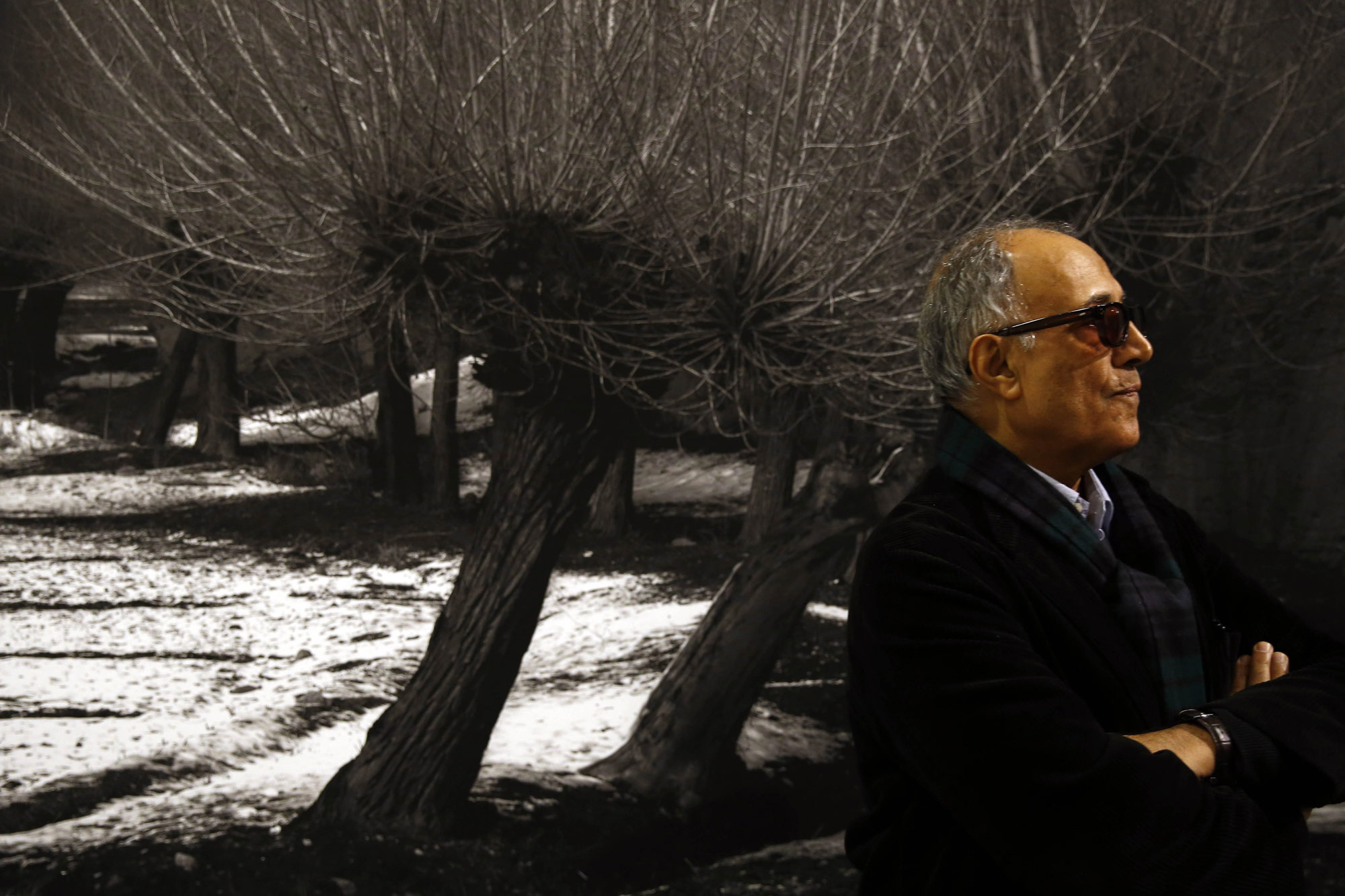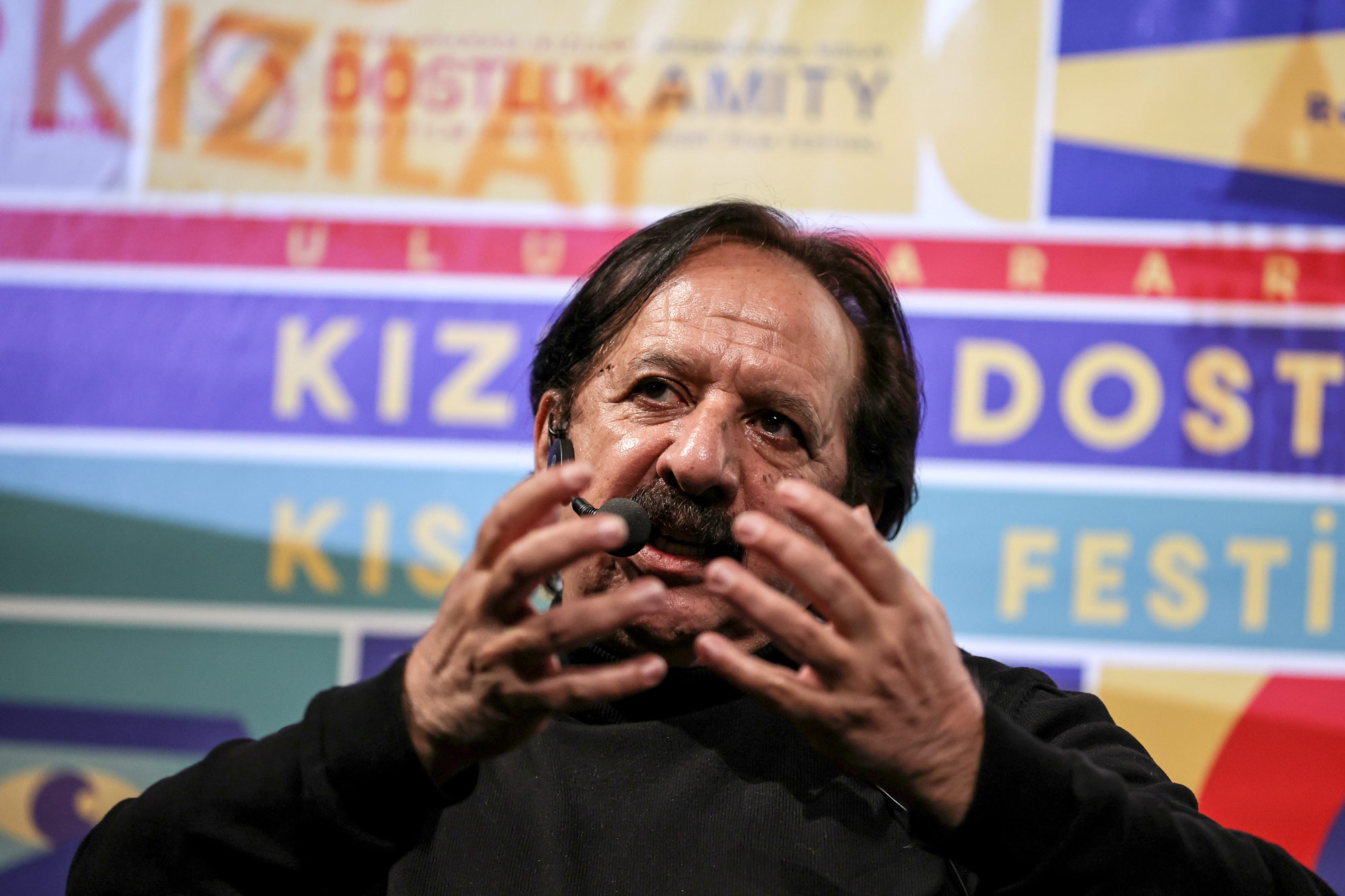The poetic humanism of Iranian cinema
Notwithstanding state censorship and limited resources, Iran’s rich legacy of humanistic cinema is flourishing, often tackling sensitive social and cultural themes.
Author:
11 January 2022

Iranian writer-director Asghar Farhadi won Iran’s first Academy Award in 2012, and a decade later his latest feature film, A Hero, is now a leading contender for best international picture. Such recognition for Iranian films is neither new nor unusual, as the country has consistently produced stellar, thought-provoking and human-centric cinema that has enthralled critics and cinephiles.
A Hero (Gahareman in Persian), Farhadi’s fourth movie, has also been nominated for a 2022 Golden Globe for Best Foreign Language Film. It premiered internationally at the Cannes Film Festival in July 2021, where it won the Grand Prix.
The drama is about a man who is imprisoned for a debt he is unable to repay. He attempts to persuade his creditor to dismiss the complaint against him while on a two-day break from his sentence, but events then spiral out of control.
Related article:
Farhadi’s work engages with sensitive social and cultural elements that not only expose audiences to personal and societal fault lines but also provide a strong critique of the country’s theocracy, gender and class politics. Much like his famous predecessors, Farhadi focuses on humans and their moral quandaries. His films are a snapshot of life that simultaneously reflect a larger reality.
“A Hero also proves, once again, that while Farhadi the director and writer is never less than a talented crafter of sophisticated melodramas that tussle with both ethical and emotional issues, his work is always richer for being set in his home country, Iran,” writes film critic Lee Marshall in his review of the movie. The film has been deemed “a thought-provoking” watch and “the filmmaker’s most subtle and heartfelt film since A Separation”, which won an Oscar for Best Foreign Language Film in 2012, Iran’s first movie to win this award.
A Separation is recognised as one of Farhadi’s – and Iran’s – best films. The plot centres around a family’s troubles, with the wife wanting to leave the country with her daughter and the husband insisting on staying in Tehran to care for his elderly father, who has Alzheimer’s. Through its nuanced storyline of a seemingly insurmountable situation, the award-winning director masterfully portrays the issues of migration, religion, generation and class in contemporary Iran.
A human-centric style
This human-centric realistic style has long been the centre of Iranian cinema. A wide range of Iranian movies have drawn global audiences for their depictions of social realism and portraying forlorn people trapped between the demands of tradition and modernity. The tension in narratives swings between personal aspiration and social conformity embedded in a larger political and religious subtext.
Iranian cinema as such became a gateway into understanding the people and culture of this relatively obscure nation that is otherwise depicted in the global media through distorted or unrealistic stereotypes. This visual art also resides in a strange contradiction of conflict between the political and the artistic as Iranian filmmakers are forced to traverse rigorous censorship regulations while adhering to the nation’s moral, social and religious precepts. The blurring of distinctions between fiction and non-fiction in Iranian films, as well as the mixing of professional and non-actors, contribute to their distinctive realism.

While Farhadi’s recent films have revitalised interest in Iranian cinema, it was director Abbas Kiarostami who initially drew the attention of global cinephiles with his subtle depictions of daily life.
Kiarostami is arguably the most well-known post-revolutionary Iranian filmmaker, widely recognised as one of cinema’s greatest directors and a pioneer of Iranian new wave cinema – a cinematic trend distinguished by its philosophical inclination, social critique, poetic disposition and vigorous experimentation.
His cinematic expression had lyrical beauty and a poetic style that explored philosophical themes that sought to understand the fundamental nature of human existence, although often in abstract portrayals.
Global debut
Kiarostami made his global commercial debut in February 1995 with United States film distributor Miramax, which purchased his movie Through the Olive Trees (Zir-e Derakhtan-e Zeitoon). The movie placed Kiarostami’s name on the global film map and it was Iran’s official submission for the 1995 Oscars. He was acclaimed as “an old-fashioned humanist cinema intellectual” when it was released.
In 1997, Kiarostami won the Palme d’Or at Cannes for his masterpiece Taste of Cherry, which is an unsettling fable of poetic intensity that revolves around a middle-aged man looking for someone to bury him after he commits suicide. The protagonist meets three individuals on his journey: an impoverished young soldier, an Afghan refugee and an articulate Islamic seminarian, with whom he has lengthy dialogues. Ultimately, he encounters an elderly taxidermist who tells him about his own botched suicide attempt.
The New York Times newspaper, in its review, said Kiarastomi, unlike any other filmmaker, had a vision that was “simultaneously epic and precisely minuscule”. His other great cinematic works include Where Is the Friend’s House? (1987), Close Up (1990), Life, and Nothing More… (1992) and The Wind Will Carry Us (1999).

When Kiarostami died in 2016, The Guardian newspaper described him as a sophisticated, self-possessed master of cinematic poetry who specialised in a kind of realist-parable cinema and one of the great directors of our time. “Abbas Kiarostami was a mysterious and delicate fabulist of human nature and human relations, a filmmaker whose stories were somehow in, but not of, the real world.” It underlined this: “His movies didn’t render up their meaning easily; they were replete with meditative calm, sadness, reflection, but also dissent, obliquely stylised confrontation and emotional negotiation – as well as his own elusive kind of playful humour.”
While Kiarostami popularised Iranian cinema globally, it was poet and filmmaker Forough Farrokhzad who, in her brief life, revolutionised the country’s cultural landscape of her time and created a body of work that weaved together the lyrical and the social. In her 22-minute documentary The House Is Black (1962), she picked a leper colony as the theme for her one and only film, demonstrating her ability to unite lyricism to raw realism. This combination would come to characterise a number of works in Iranian film from the late 1950s through to the mid-1970s.
Revolutionary work
According to American film critic Jonathan Rosenbaum, The House Is Black is perhaps the first Iranian documentary made by a woman. He says Farrokhzad’s movie illustrates the strange and critical point that, while Iranians remain among the most vilified people on Earth, Iranian cinema is becoming nearly universally acknowledged as the most ethical and humanist. “The House Is Black is to my mind one of the very few successful fusions of literary poetry with film poetry – a blend that commonly invites the worst forms of self-consciousness and pretentiousness – and arguably this linkage of cinema with literature is a fundamental trait underlying much of the Iranian new wave,” Rosenbaum says.
Farrokhzad’s influence finds parallels not only in the works of Kiarostami but also among his greatest contemporaries, including Mohsen Makhmalbaf, who has directed more than two dozen films, some of which are still prohibited in Iran because of their commentary on the Iranian state and people. Makhmalbaf’s films have a deeper philosophical touch while preserving the spirit of realism, and he is often equated to Kiarostami. His cinematic style involves as little “plot” as possible and depicts ordinary, everyday happenings.
A Moment of Innocence (1996) is an excellent example of Makhmalbaf’s self-defining term, “poetic realism”. But the filmmaker is best known for Gabbeh (1996), an exquisite fable of a woman’s duty and desire in a nomadic tribe. His 2001 film Kandahar was included in a list by Time magazine of the 100 best films ever made. His other works include Boycott (1985), The Cyclist (1987) and The Peddler (1989).

The cinematography of Makhmalbaf is deeply related to the history and culture of Iran, and his initial work shows a clear-cut separation of humans into the good and the bad: the good ones were the revolutionaries; in the second period, the poor. His later works reflect his more nuanced take on people, culture and politics, while maintaining the distinct humanistic and poetic style of Iranian contemporaries the likes of Jafar Panahi and Majid Majidi.
Much before Farhadi, it was perhaps Majidi that may have landed Iran its first Oscar when his 1997 masterpiece Children Of Heaven was nominated for an Academy Award. It lost to Roberto Benigni’s Life Is Beautiful, but Majidi’s work was likened to Vittorio de Sica’s 1948 masterwork Bicycle Thieves.
Majidi, one of Iran’s most well-known contemporary directors, uses religion to find meaning in a society transformed by conflict, modernity, economic inequality and nationalism. His characters, who are often marginalised children, do not overcome or yield to misfortune. Rather, they strive, thrive and therefore reflect a perpetual state of human suffering. His amazing works include The Color of Paradise (1997), Baran (2001) and The Song of Sparrows (2008).

